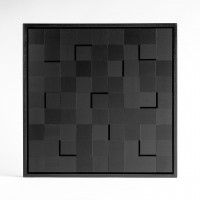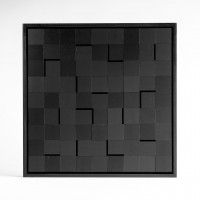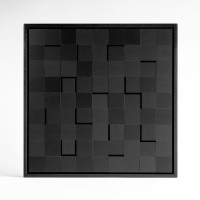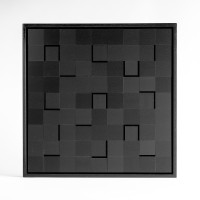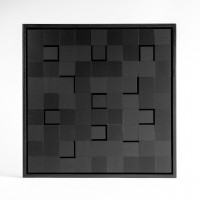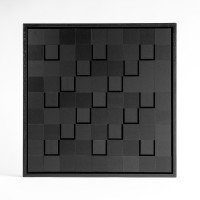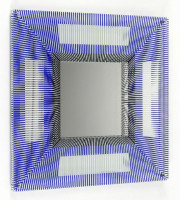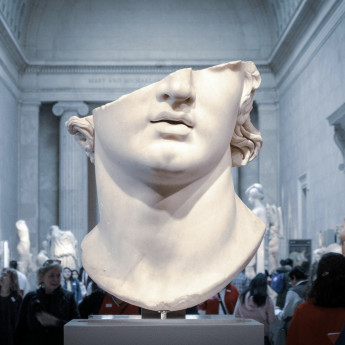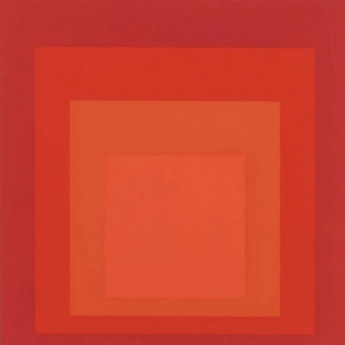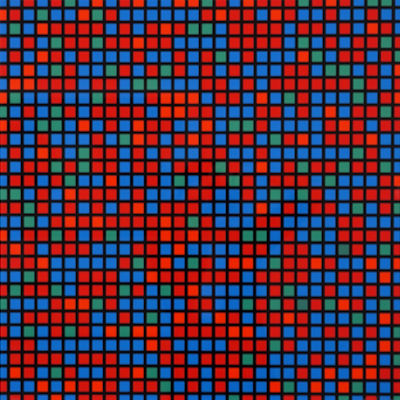
Details
Artist
Styles
// Luis Tomasello’s S/T 4 - Naranja from 2013 is a lithographic print that exemplifies his fascination with light, geometry, and spatial interaction. This limited-edition piece features a meticulously arranged grid of small, three-dimensional white cubes with subtle orange accents, creating an optical illusion as the viewer’s perspective shifts. The piece plays with light and shadow, a hallmark of Tomasello’s style, where even minimal color and shape alterations evoke depth and dynamism. The cubes appear to float against the background, suggesting movement and inviting contemplation of perspective and perception.
S/T 4 - Naranja , 2013
form
Medium
Size
63 x 63 cm
- Inches
- Centimeters
Edition
Price
- USD
- EUR
- GBP
Details
Artist
Styles
// Luis Tomasello’s S/T 4 - Naranja from 2013 is a lithographic print that exemplifies his fascination with light, geometry, and spatial interaction. This limited-edition piece features a meticulously arranged grid of small, three-dimensional white cubes with subtle orange accents, creating an optical illusion as the viewer’s perspective shifts. The piece plays with light and shadow, a hallmark of Tomasello’s style, where even minimal color and shape alterations evoke depth and dynamism. The cubes appear to float against the background, suggesting movement and inviting contemplation of perspective and perception.
- Recently Added
- Price (low-high )
- Price (high-low )
- Year (low-high )
- Year (high-low )
What is geometric abstract art?
Geometric abstraction is a form of abstract art that uses geometric shapes arranged in a non-illusionistic space (though not always) and combined into non-representational (non-objective) compositions. Based on years of artistic research, some artists have proposed that geometric abstraction offers a solution to modern challenges by rejecting traditional illusionistic practices in favor of clarity and simplicity.


